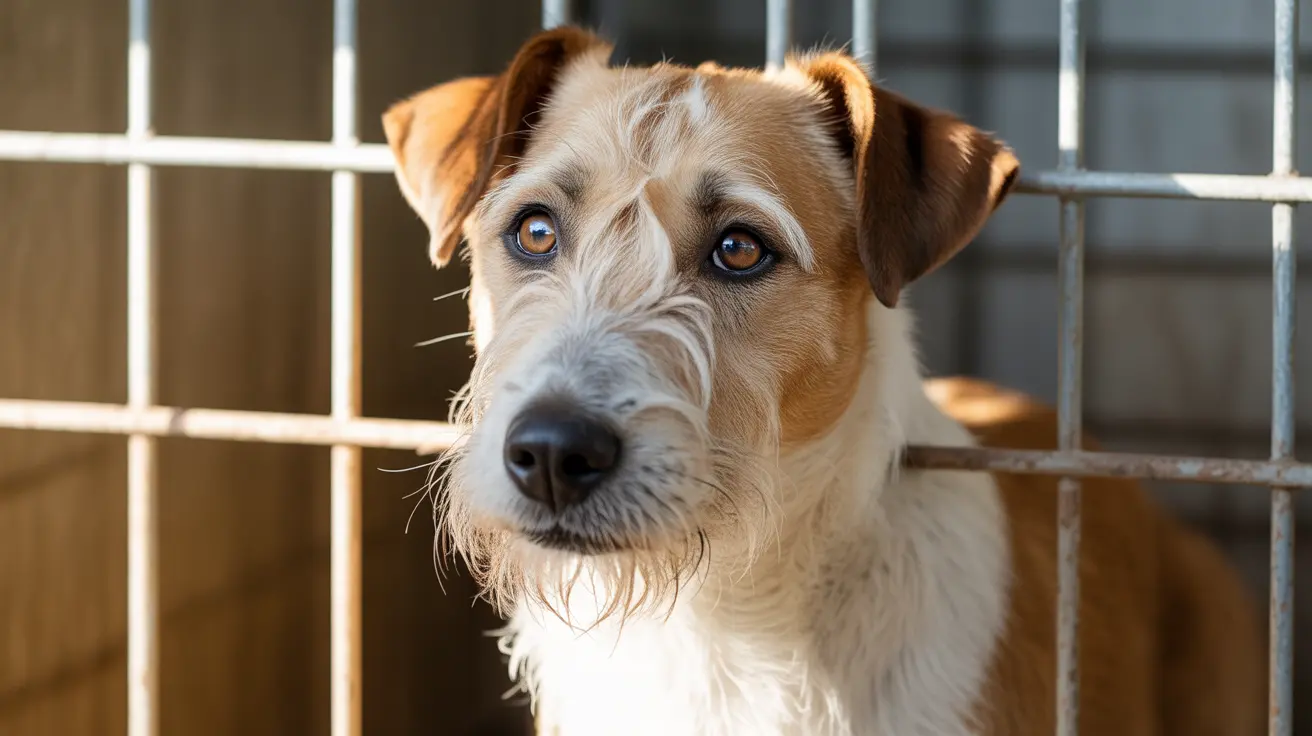Why Does My Dog Look Like It's Smiling?
Many pet owners marvel at moments when their dogs appear to be smiling. This expression, often characterized by a slightly open mouth, relaxed posture, and a visible tongue, commonly triggers joy and affection among humans. But what does it really mean when your dog looks like it's smiling? Let's delve into the science, behavior, and emotion behind this canine expression.
The Science Behind the Smile
Dogs don't smile the same way humans do. Their facial structure and behavior have evolved differently. However, domestication and long-term exposure to humans have enabled dogs to mimic human expressions, including what appears to be a smile. Dogs tend to imitate emotions and physical cues, and smiling may be one of them.
Signs Your Dog Is Actually Happy
While dogs may not smile for the same reasons humans do, a canine smile is often linked to a positive emotional state. Look for these physical cues to determine if your dog is truly happy:
- Relaxed body posture – No signs of tension or stiffness.
- Soft eyes – No wide-eyed stare or visible whites known as “whale eyes.”
- Open mouth with relaxed jaw – Often with the tongue hanging out slightly.
- Tail wagging – In a slow, sweeping motion rather than rapid or stiff movements.
These are signs that your dog is calm and content, and the “smile” may be a reflection of that mood.
Situations Where Smiling Might Occur
Dogs may seem to smile under various circumstances. Here are common scenarios:
- During play – Excitement and joy can cause dogs to adopt a play face that looks like a smile.
- When seeking attention – Dogs may learn that smiling elicits positive responses from owners.
- When panting – After exercise or due to heat, a panting dog may resemble a smiling one.
- Out of submission – Some dogs show submissive grins to appease dominant figures, often seen with lowered body and tucked tail.
Don't Confuse It With Stress Signs
Not every open-mouthed expression is a happy one. Panting can also be a sign of anxiety or stress. Look for accompanying signs such as:
- Yawning frequently
- Pacing or whining
- Hiding or avoiding interaction
These signs mean your dog isn't smiling because it’s content but due to a trigger causing discomfort.
How To Encourage a Happy Smile
To help your dog feel genuinely happy and comfortable, consider the following tips:
- Provide regular exercise – Keep your dog physically fit and mentally stimulated.
- Use positive reinforcement – Reward behaviors like relaxed postures and facial expressions.
- Create a safe environment – Avoid stressors and offer comforting spaces.
- Bond through grooming and touch – Dogs enjoy calm interactions that reinforce trust.
When to Consult a Vet or Behaviorist
If you notice your dog “smiling” excessively or paired with unusual behaviors, it’s wise to consult a vet or canine behaviorist. Conditions such as pain, dental issues, or underlying anxiety may cause repeated facial expressions not tied to joy.
Conclusion
That adorable doggy grin you see might not be a direct mirror of a human smile, but it can still convey important emotional cues. By paying attention to your dog's body language and behavior, you can better understand whether your pup is truly happy, excited, or possibly trying to cope with stress. With a little observation and care, you'll be able to tell when your dog is giving you a genuine, tail-wagging smile.





